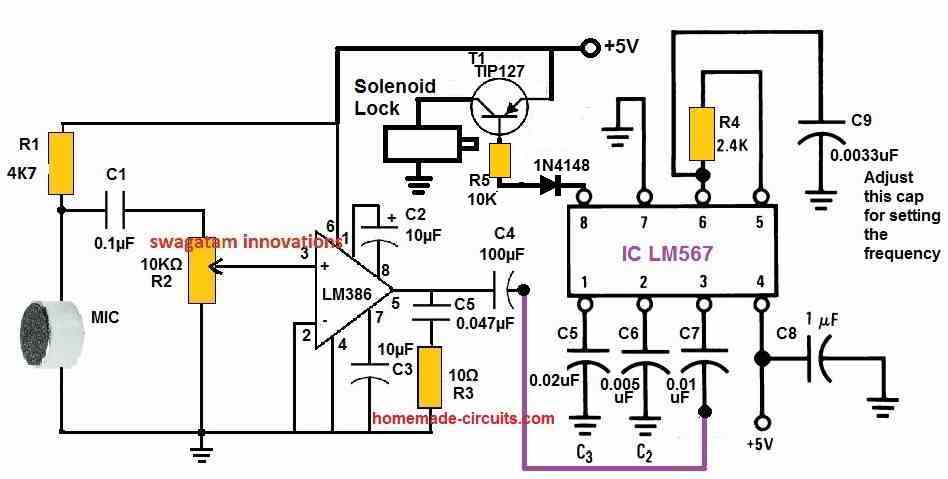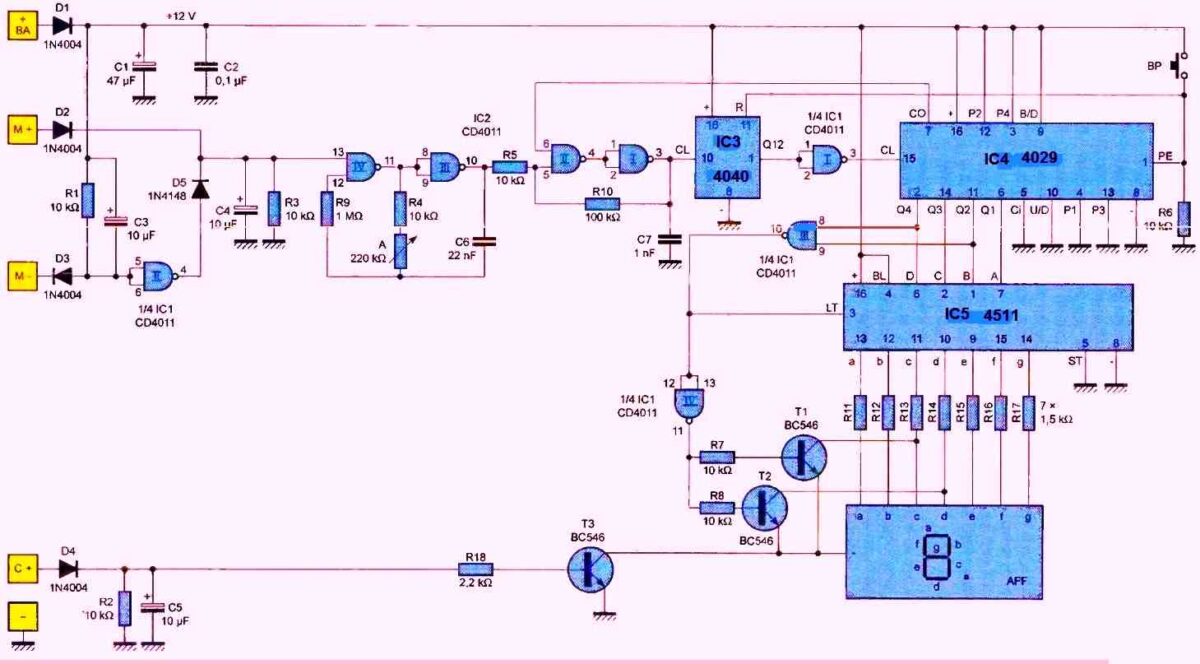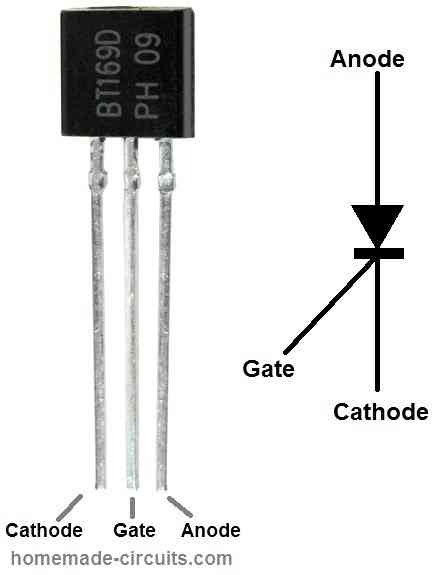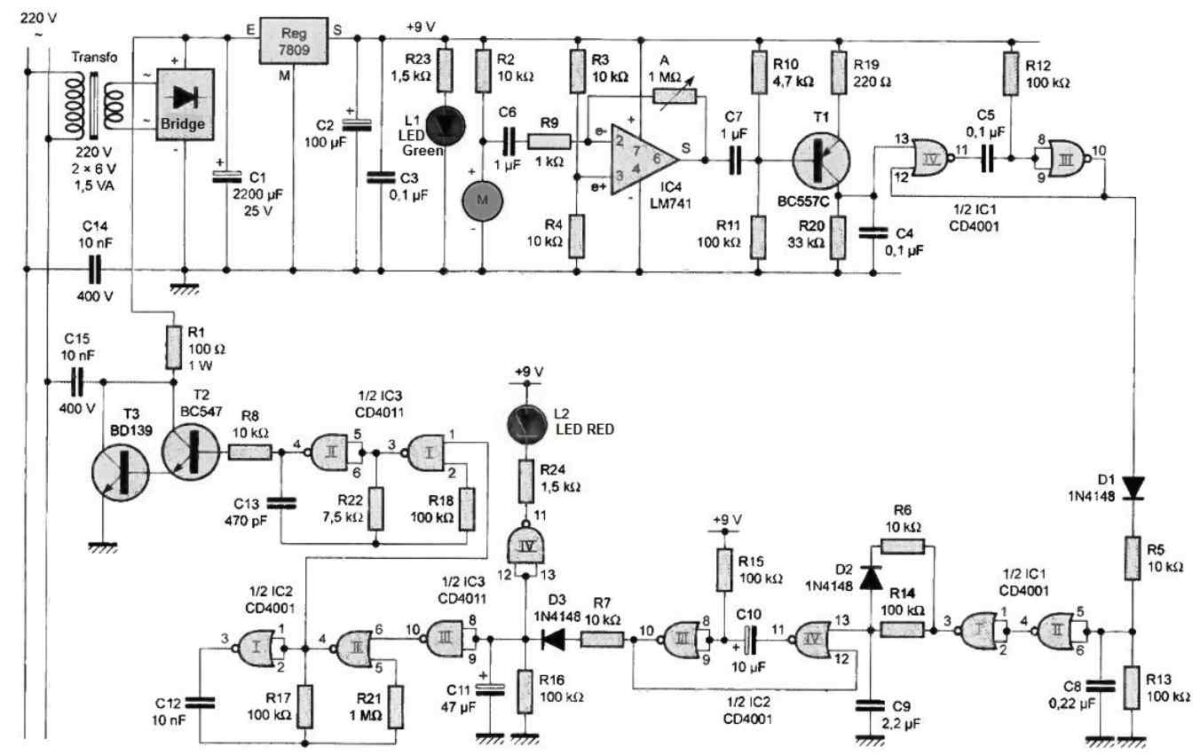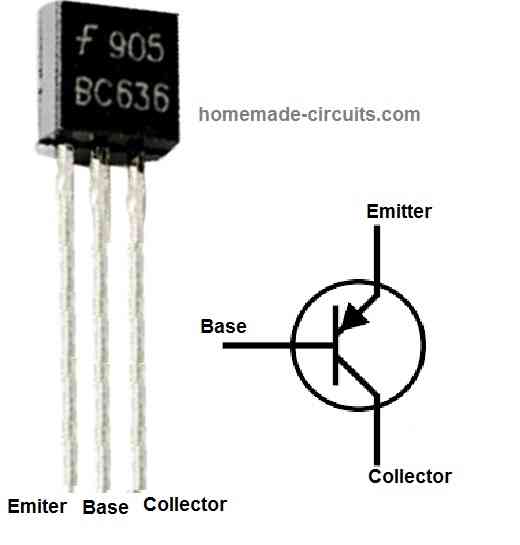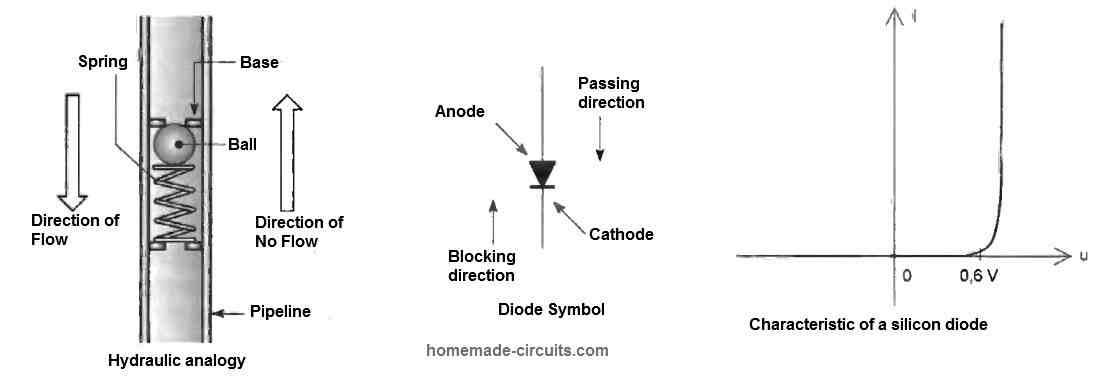In this article I have explained a few useful yet easy to build home automation circuits which will help the user to create automatic electronic systems at home. What is Home Automation Home automation basically means converting many of the manually operated home electrical devices into automatically operated devices, through electronics. Today’s real home automation […]
New Circuit Projects
Windshield Washer Fluid Indicator Circuit
In this article I have explained a permanent indicator of the windshield washer fluid level. Knowing that electronics do not mix well with liquids, instead of using a float gauge system, we have devised a completely different operating principle for you. The operation of our circuit is based on timing the duration of the motor’s […]
BT169 SCR Datasheet [200 V, 0.5 A SCR]
The BT169 is a thyristor or SCR (Silicon Controlled Rectifier) that is commonly used for switching applications in low-power electronic circuits. It can be used for small signal, low current applications. Its size is very small just like a BJT. Here are the full technical specifications of the BT169: Electrical Specifications Pinout: The BT169 SCR […]
Child Crying Monitor Circuit using Power Line Communication
In this child crying monitor circuit when the baby wakes up in their room, the parents are immediately notified, even if they are in another room of their home. A sensor detects the crying sound accompanying the wake-up. After appropriate processing, it sends a signal through the 220V power lines. The receiver, connected to any […]
BC636 Transistor Datasheet [45 V 1 Amp PNP Transistor]
The BC636 is a PNP bipolar junction transistor (BJT) that is specifically designed for low noise amplifier and switching applications. Here’s the complete datasheet of the transistor BC636. Pinout Configuration Referring the pinout diagram above, the BC636 transistor 3 pinouts. Electrical Characteristics: Package Details: Operating Conditions: The maximum operating temperature for the BC636 is 150°C. […]
Diodes: Working, How to Use, Applications
It’s John Ambrose Fleming (1849-1945), a British engineer, who invented the first diode in 1904, in the form of an electron tube. Later, with the development of semiconductor technology, the diode became a dipole consisting of two substrates: one, rich in free electrons, and of type N, the other deficient in electrons, and of type […]
